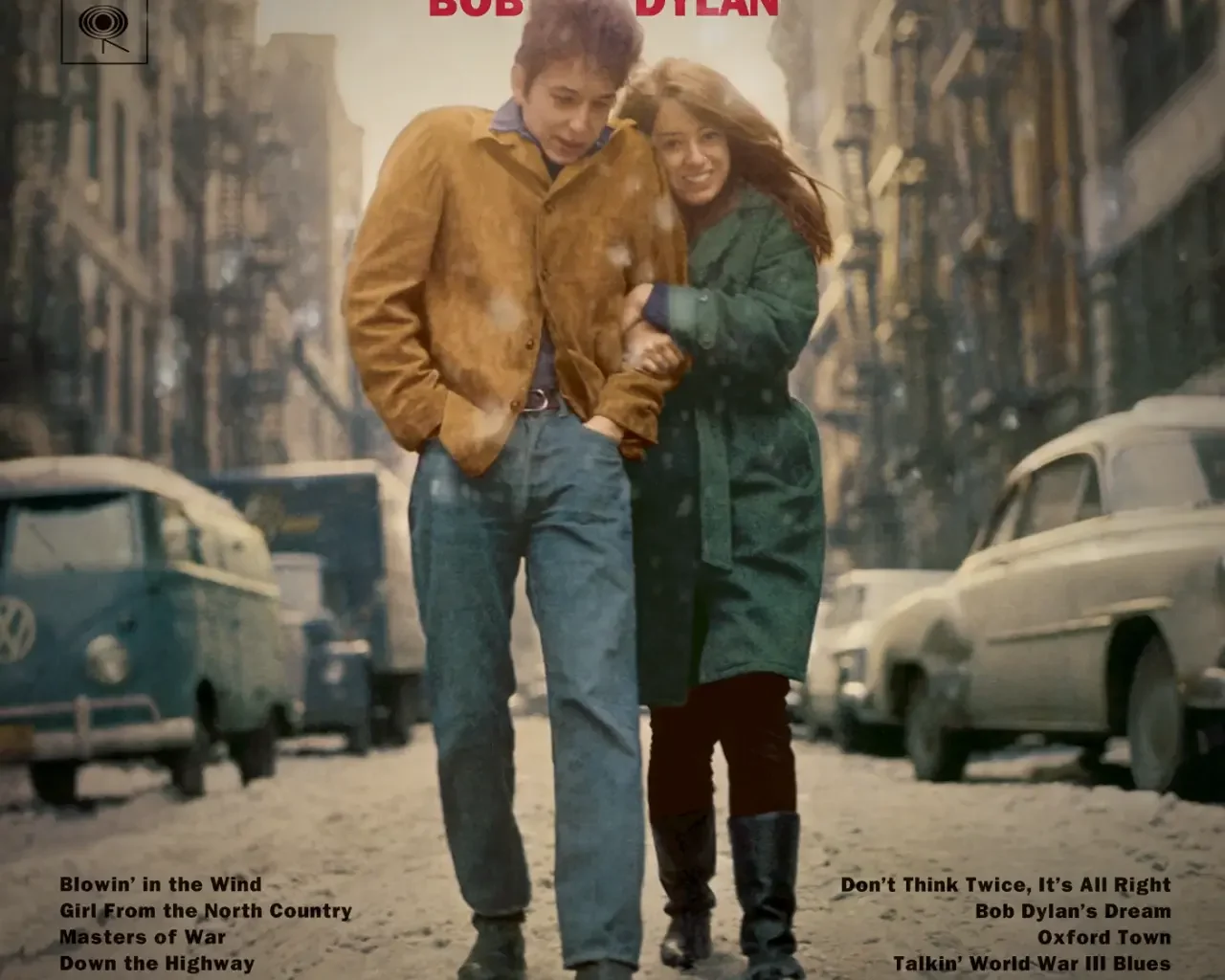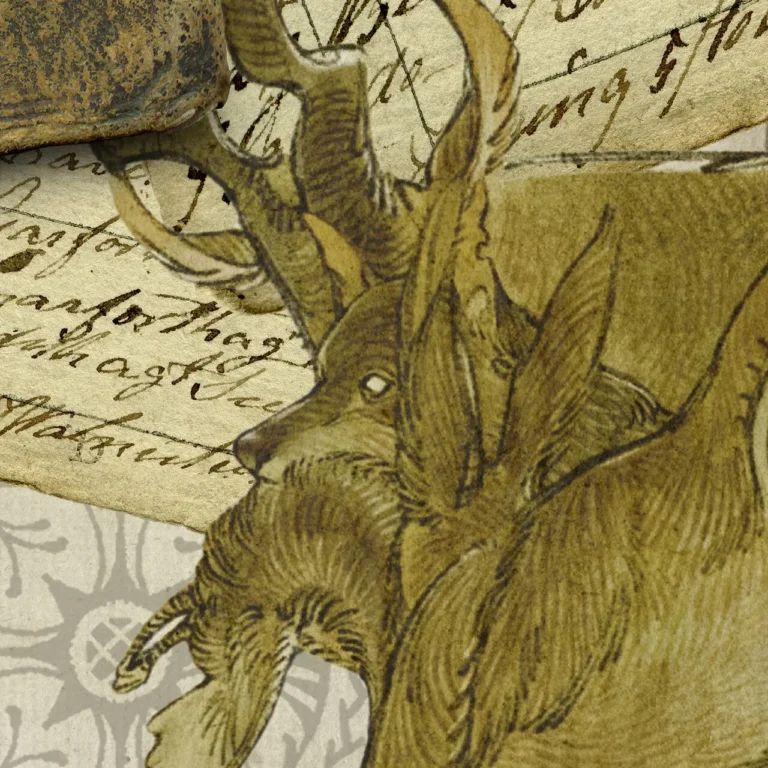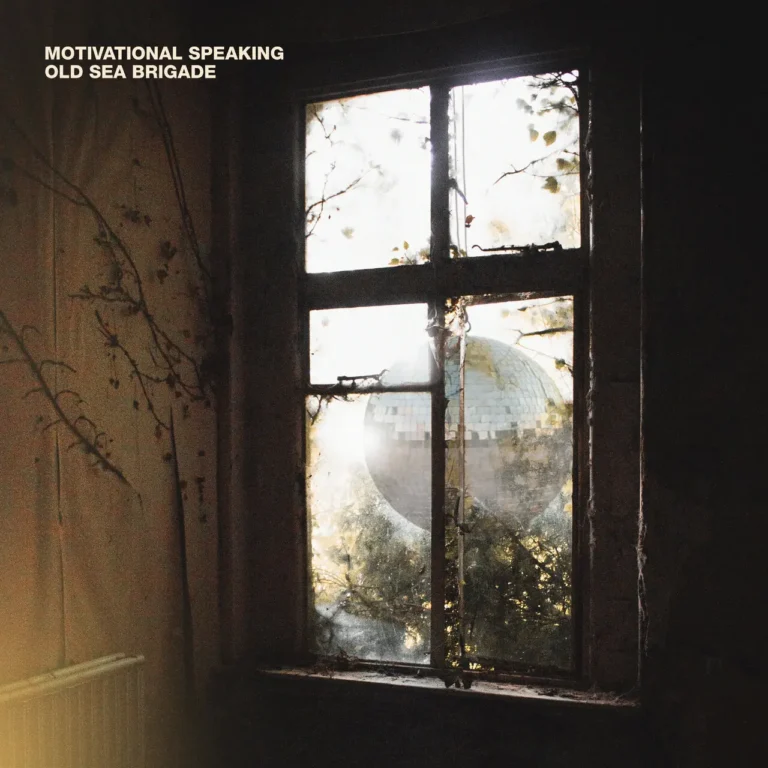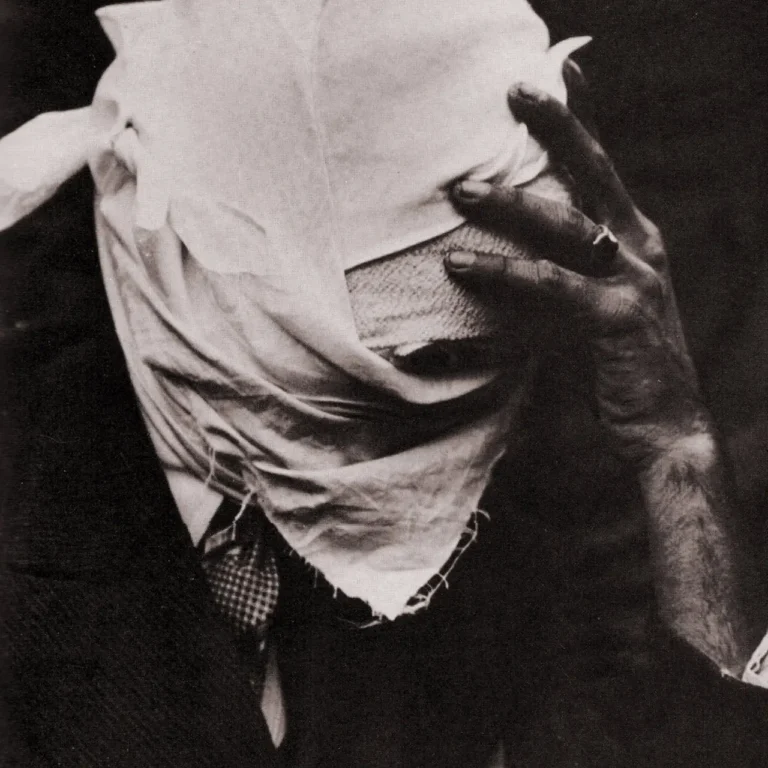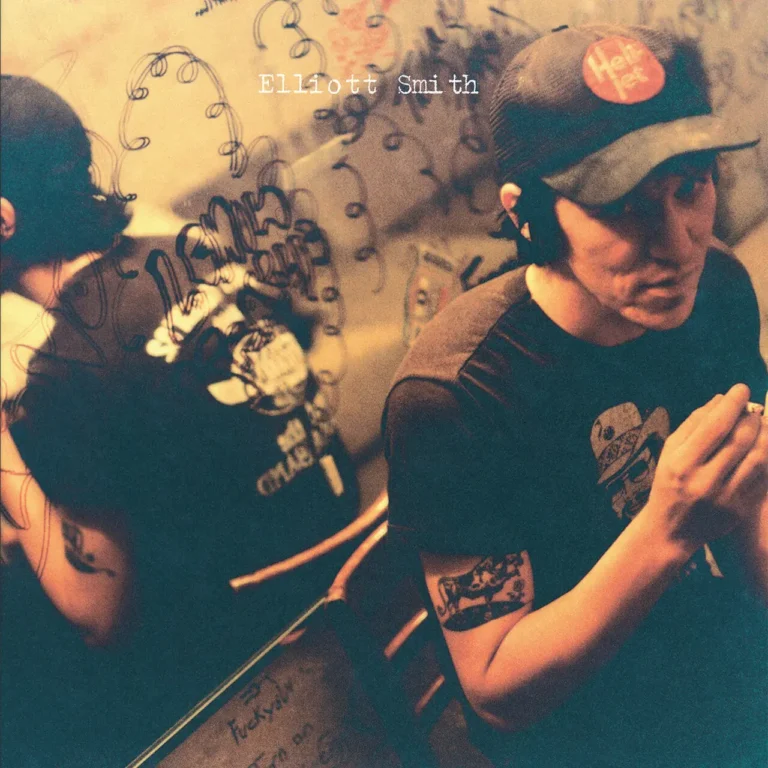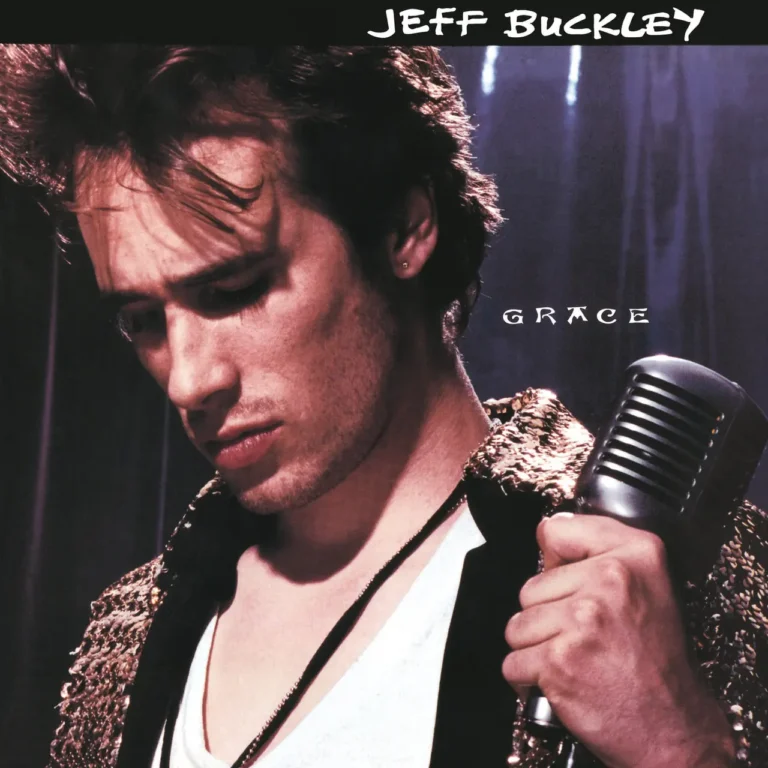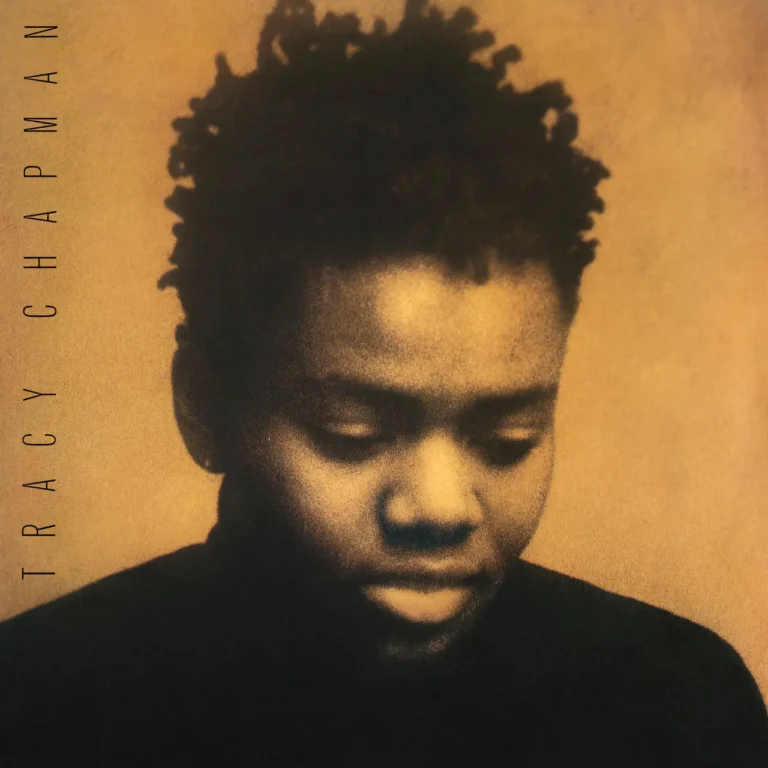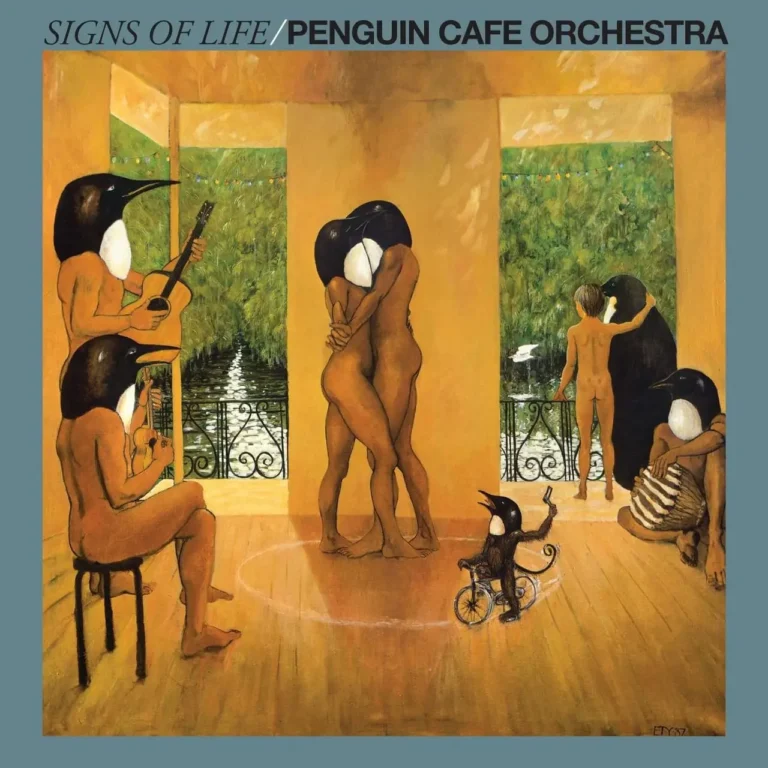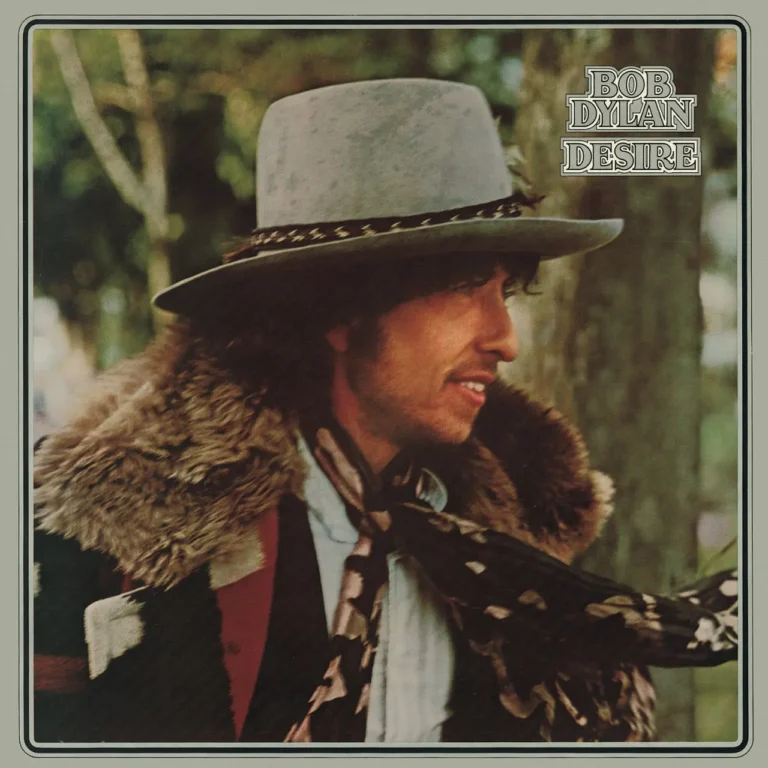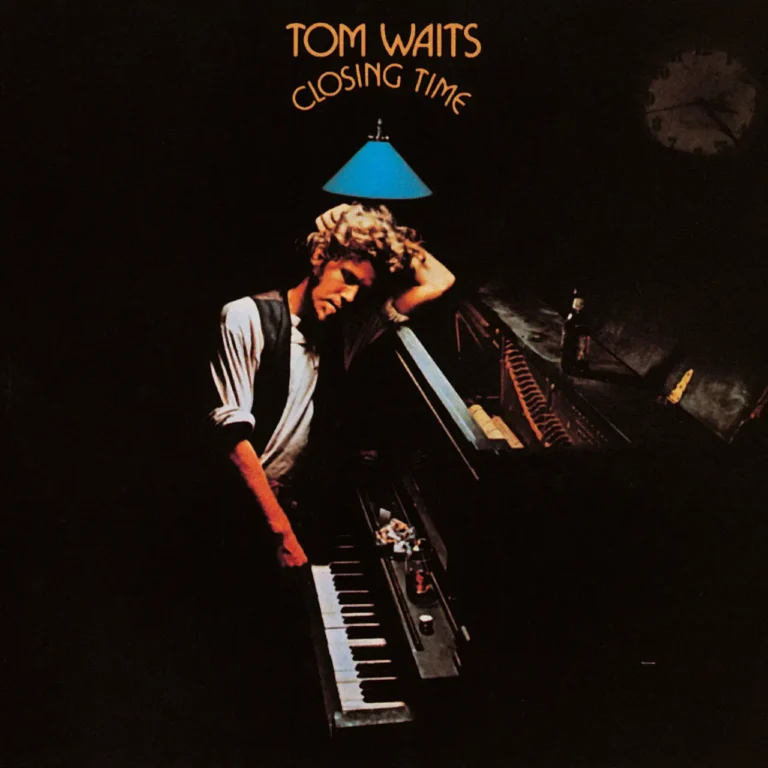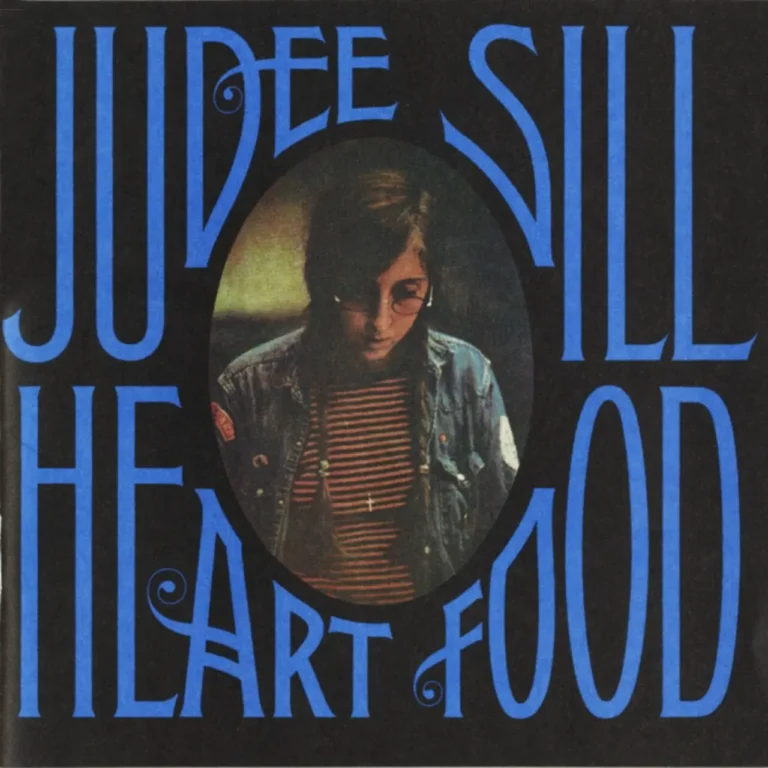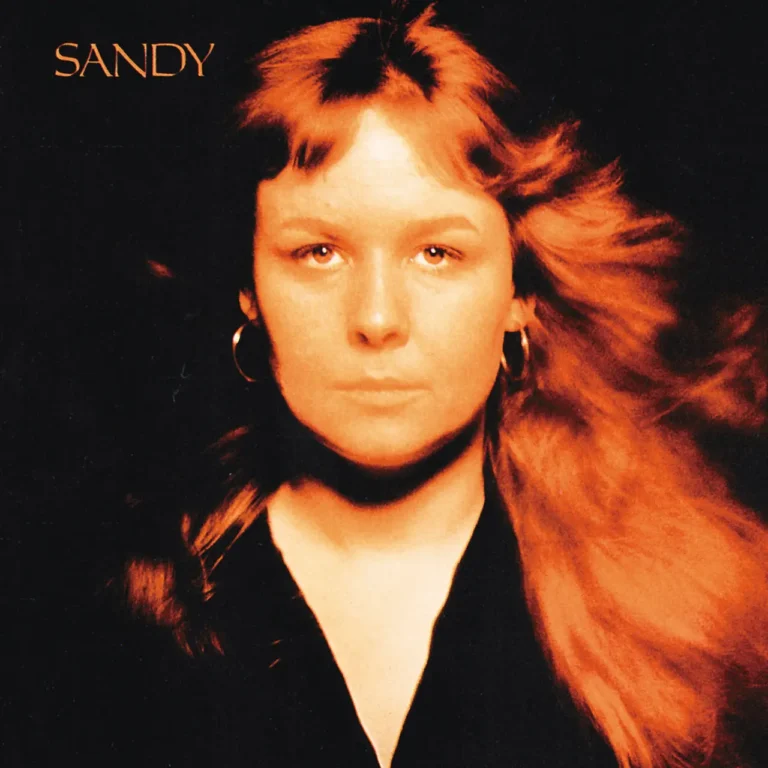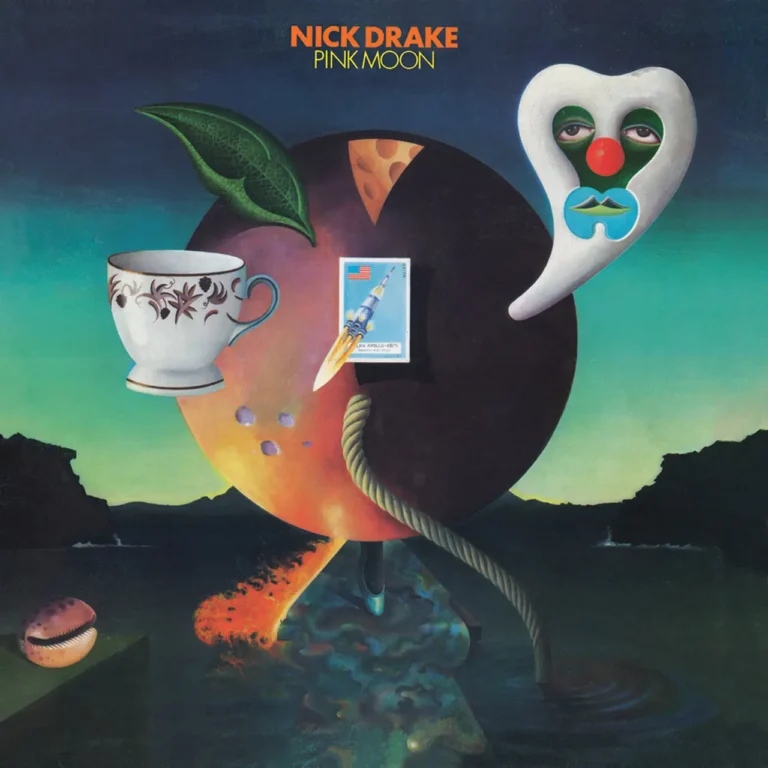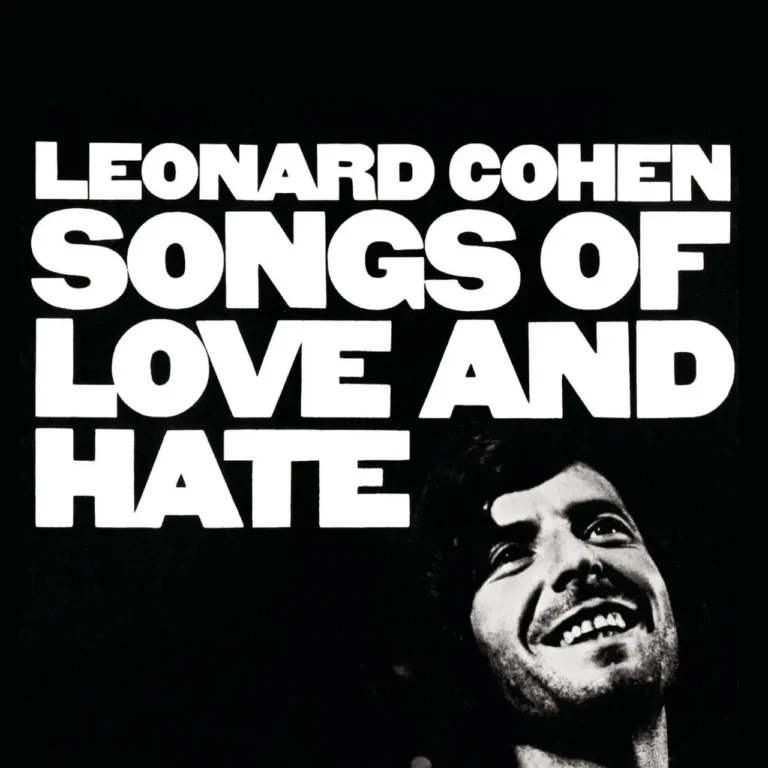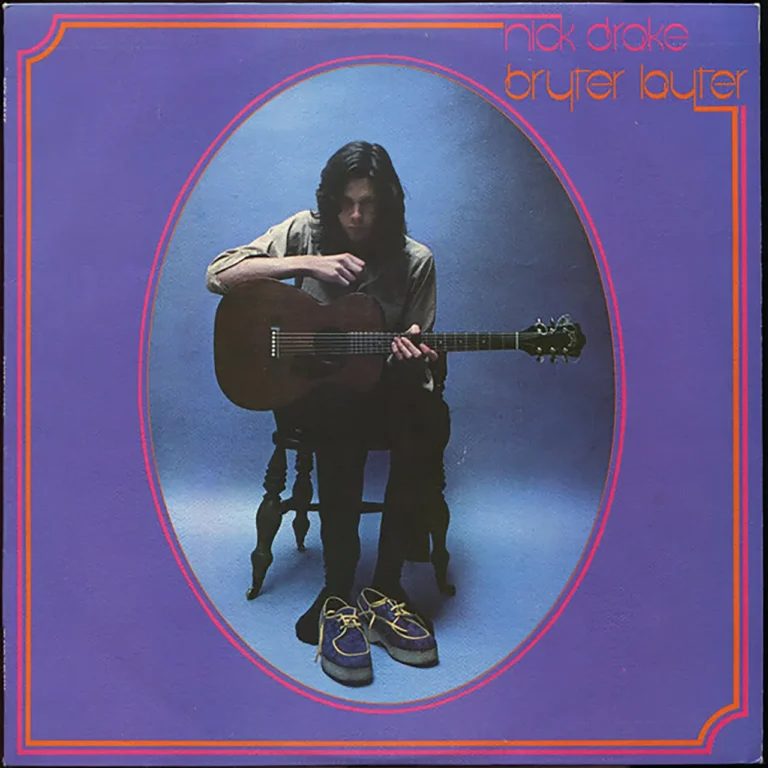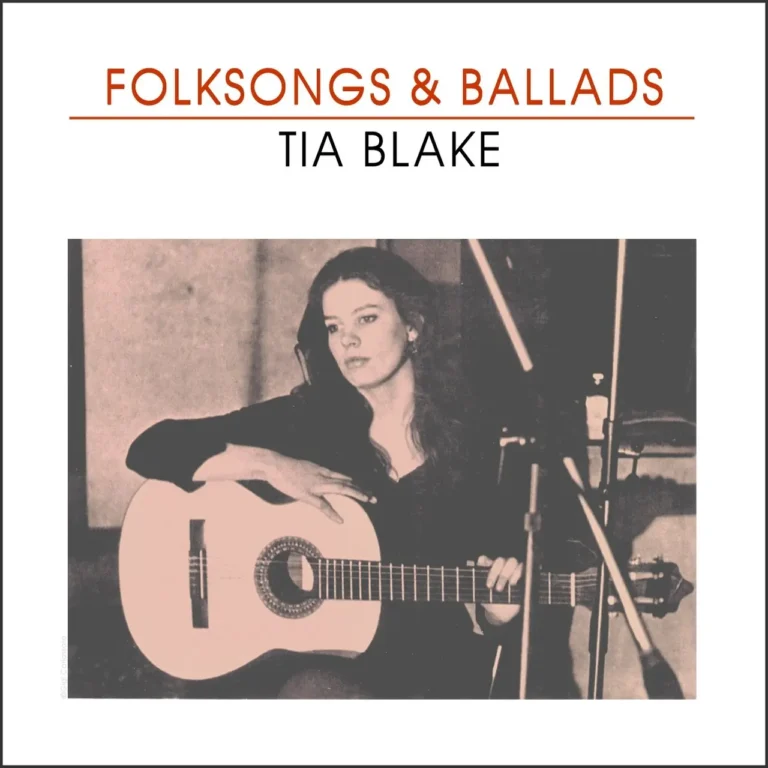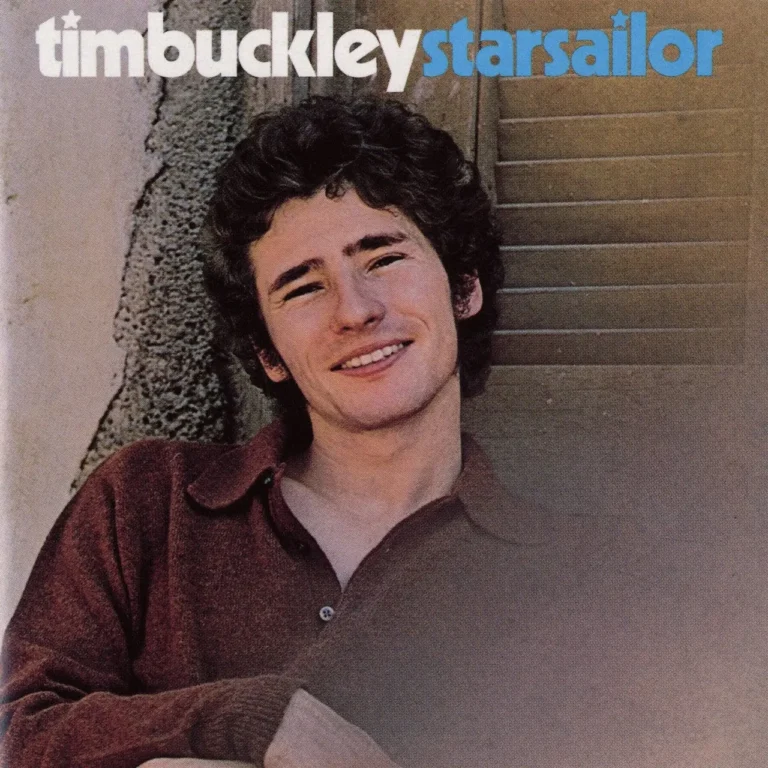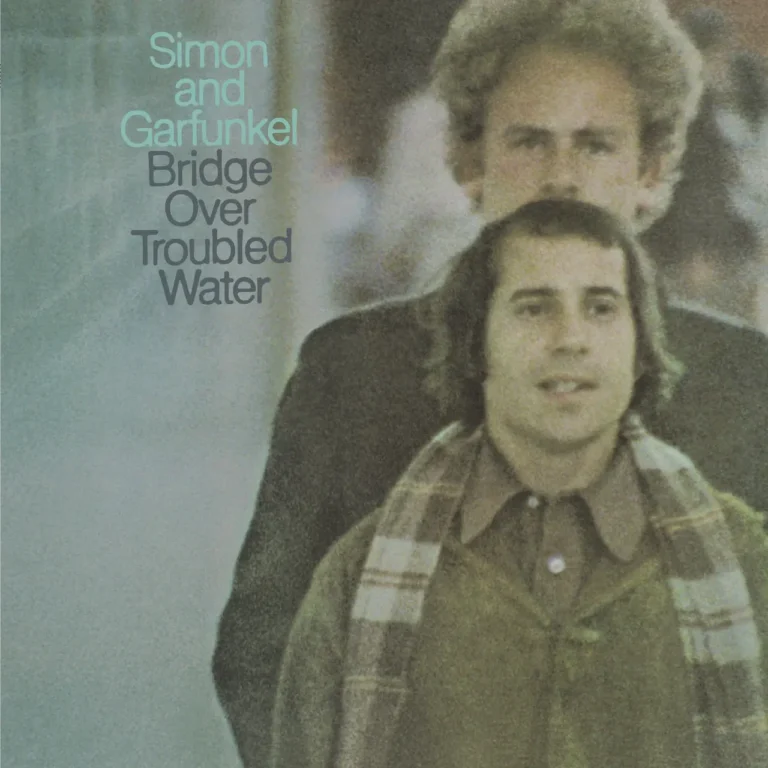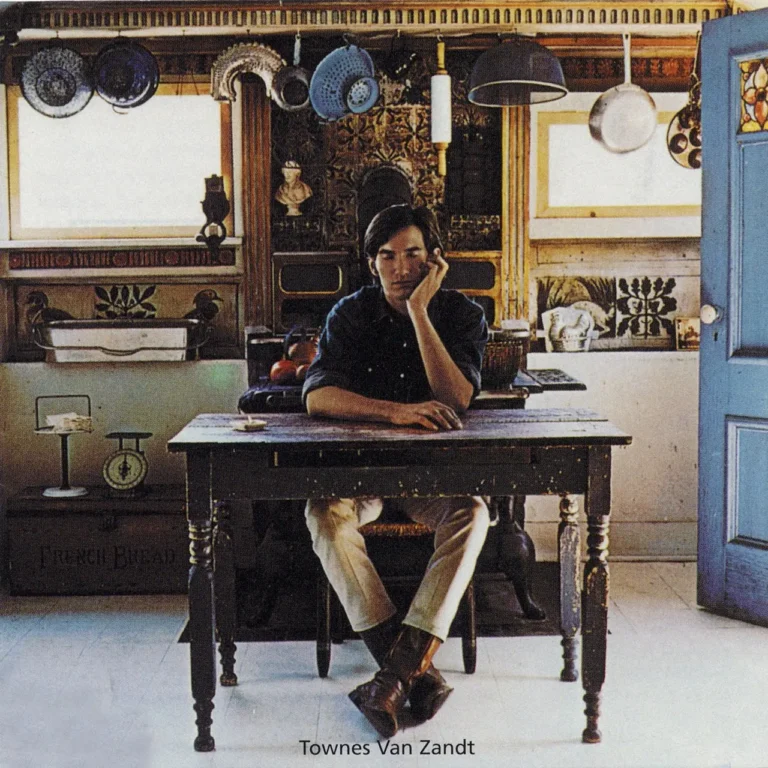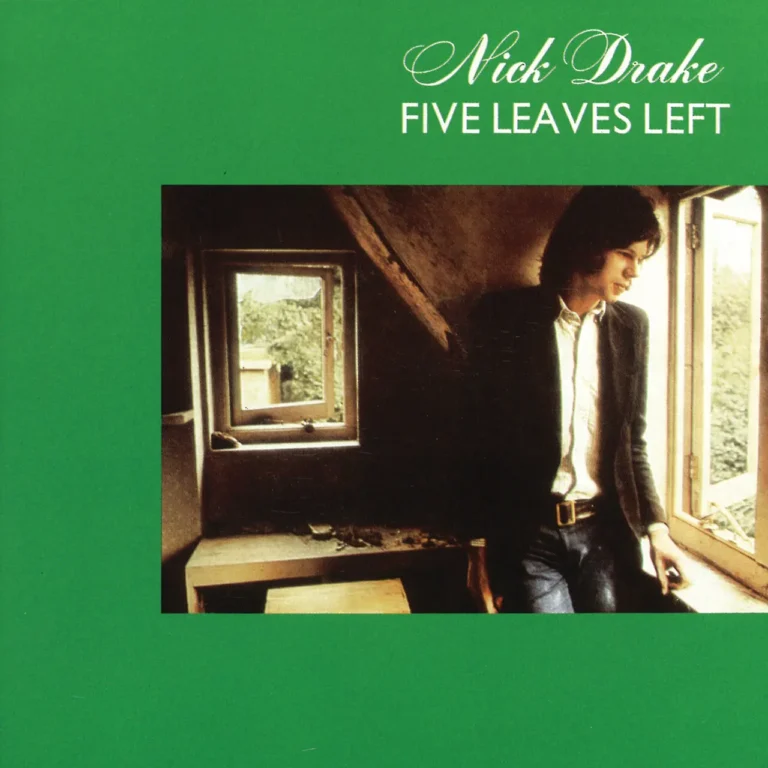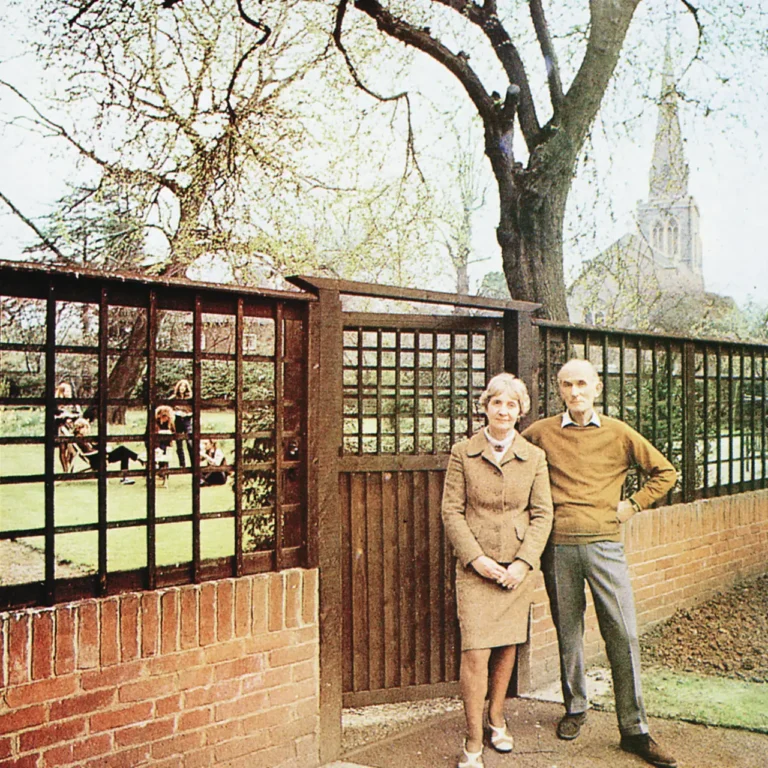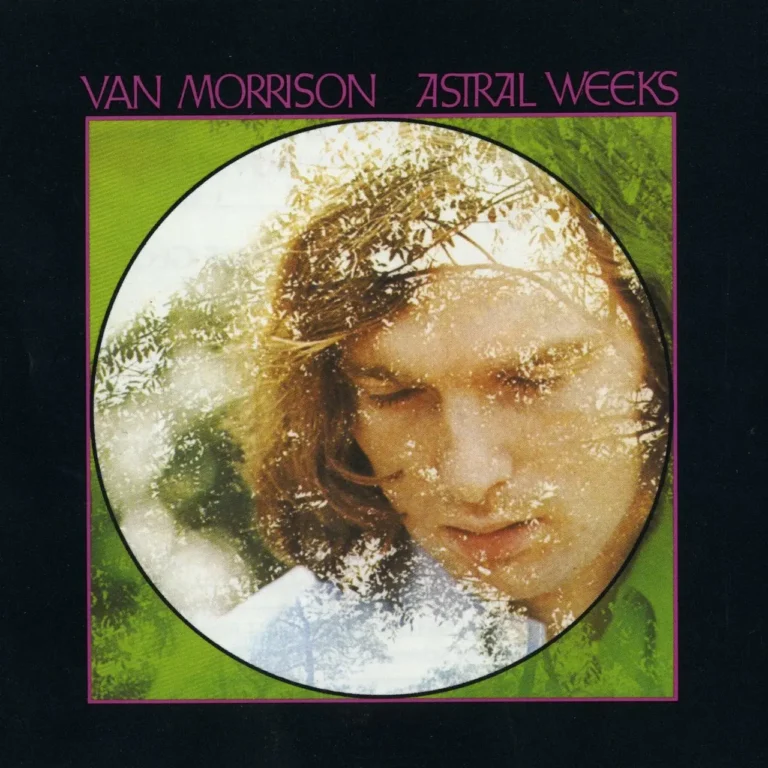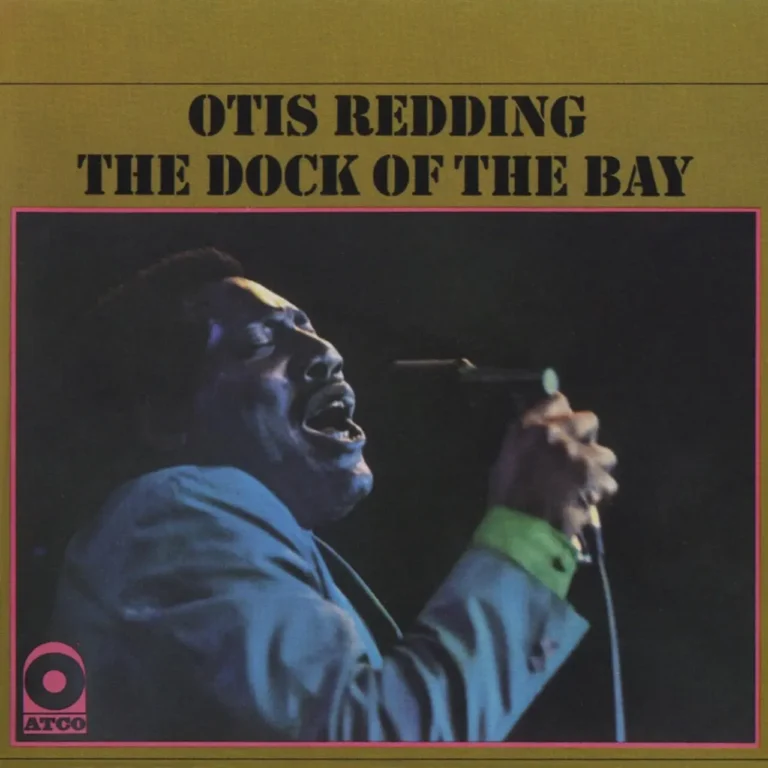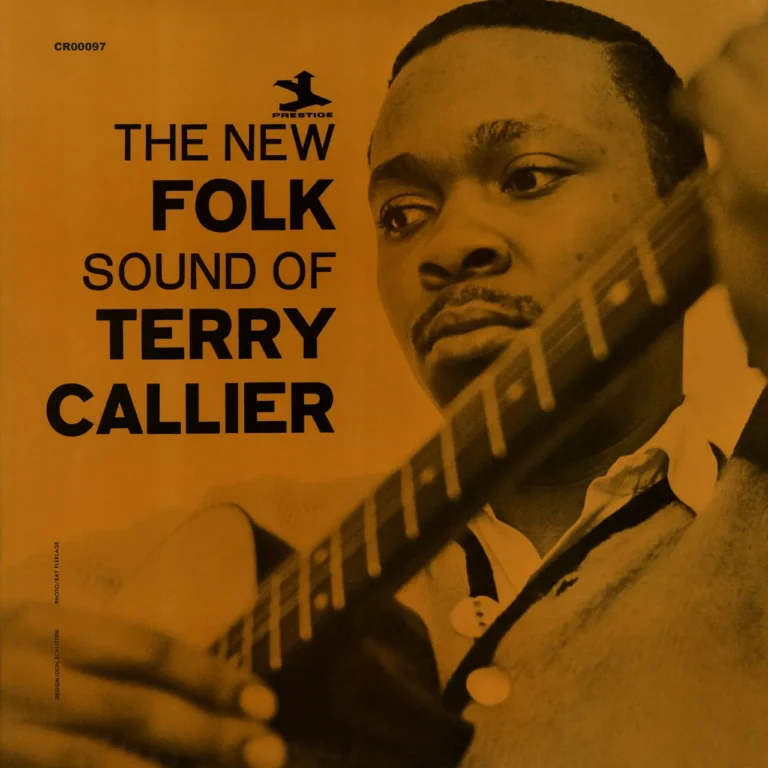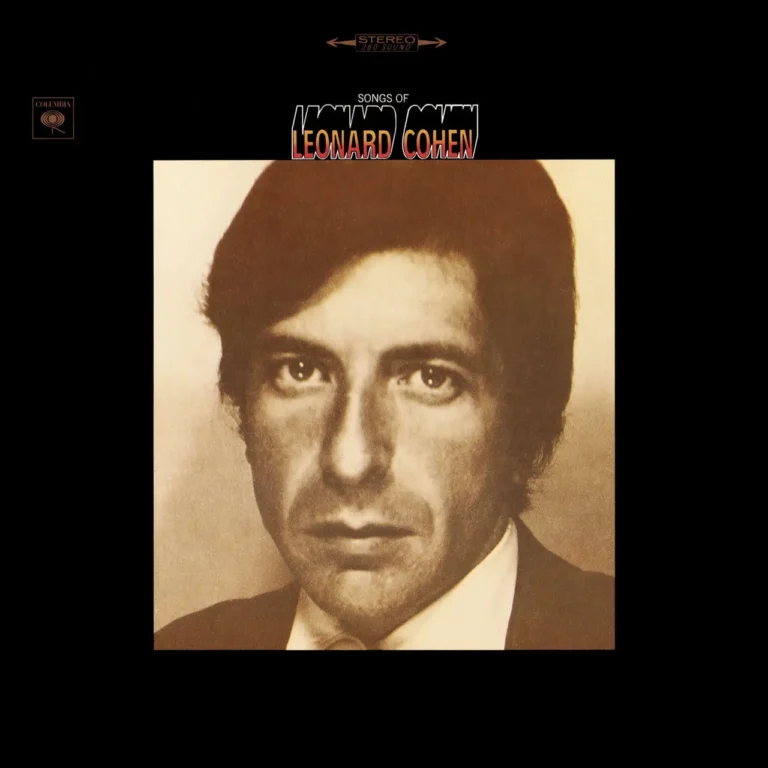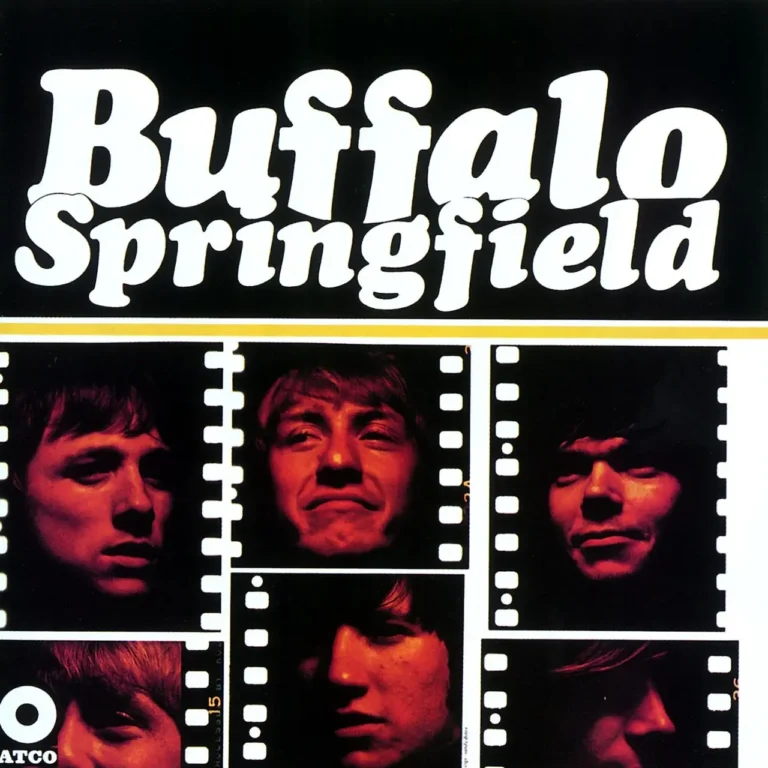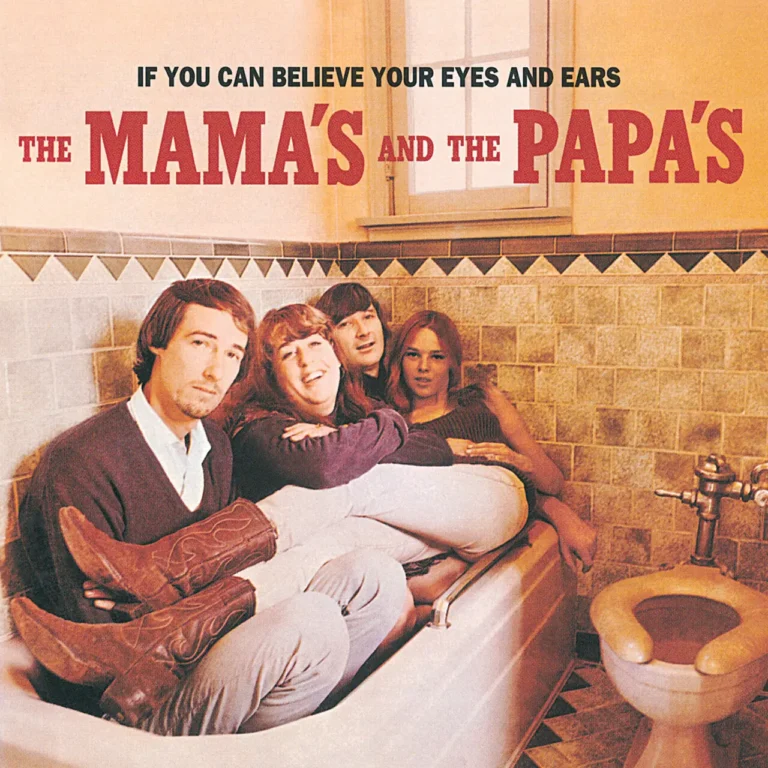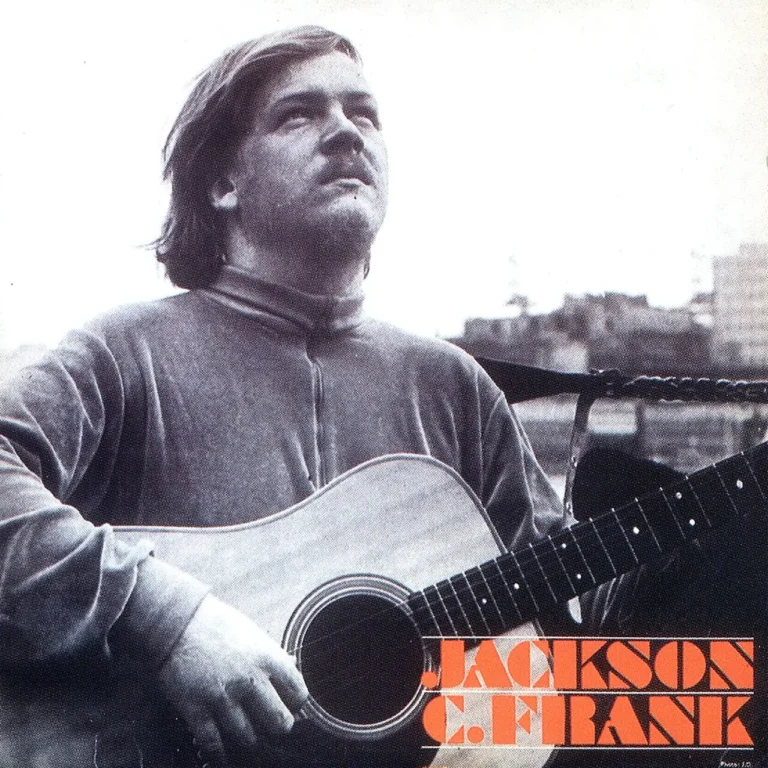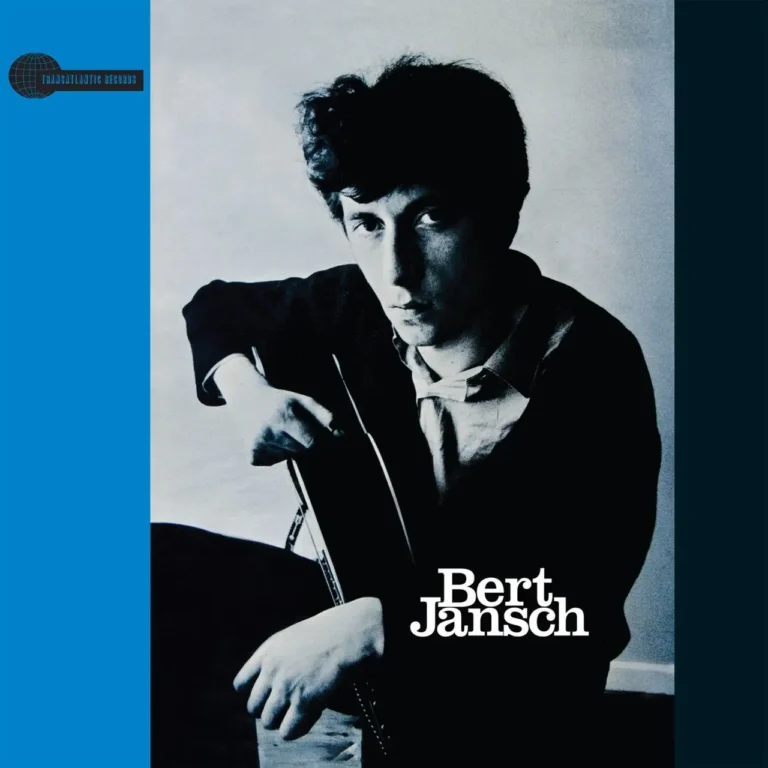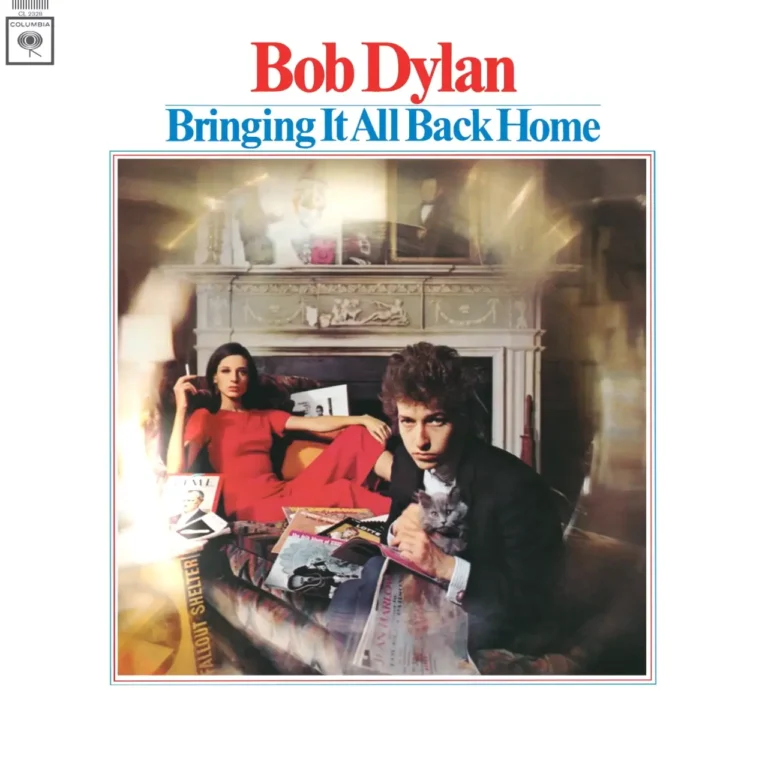"Blowin' in the Wind" by Bob Dylan is widely recognized as one of the most iconic protest songs in American history. Written in 1962, it became an anthem for the civil rights movement and a symbol of calls for social change, peace, and justice48. The song is constructed as a series of rhetorical questions—addressing war, peace, freedom, and human rights—that encourage listeners to reflect on the persistent injustices in the world125.
Key themes and lyrics:
- War and Peace:
The song starts with questions about conflict and strife, such as "How many times must the cannonballs fly before they're forever banned?" This points directly at the futility and recurrence of war. - Freedom and Civil Rights:
Dylan asks, "How many years can some people exist before they're allowed to be free?" echoing struggles against racial discrimination, slavery, and inequality. - Human Indifference:
The song critiques apathy and willful ignorance, prompting, "How many times can a man turn his head and pretend that he just doesn't see?" urging listeners to confront injustice rather than ignore it.
The refrain
"The answer, my friend, is blowin' in the wind"—has been interpreted in multiple ways:
- Some see it as suggesting that solutions to these problems are right in front of us, available but ignored or overlooked—akin to the invisible yet ever-present wind.
- Others interpret it as an expression of frustration, implying that the answers are elusive, intangible, or perhaps unknowable, depending on whether society is willing to recognize and act on them.
Symbolism:
- White dove: A recurring symbol for peace—its endless travels in the song reflect both longing for and the difficulty of achieving lasting peace.
- Wind: Traditionally a force for change or a messenger, here it suggests both the presence of answers and the difficulty in grasping them.
Cultural and historical significance:
- The song resonated deeply during the 1960s, becoming a staple of the civil rights and anti-war movements, and remains relevant for its universal message about human rights, justice, and the hope for change.
Bob Dylan himself commented that the real meaning of the song is that "the answer is blowing in the wind," not found in books, movies, or discussions—it must be recognized and seized by each individual in society46.
"Blowin' in the Wind" endures because of its poetic ambiguity, empathetic questioning, and powerful call for individual and collective reflection on social justice issues.
